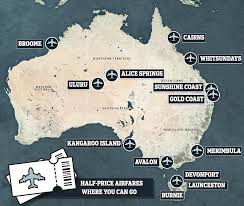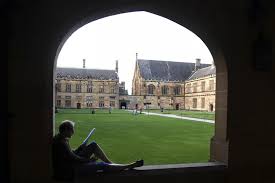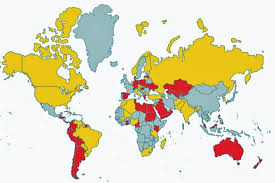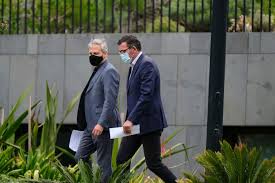The Treasurer says the JobKeeper program needs to end because it’s having the perverse effect of preventing workers “more efficiently moving to other roles across the economy” and because “it can prop up what are unsustainable long-term businesses” (ABC’s 7:30 Report, 11 March 2021).
It is at best ironic or at worst inconsistent that, on the same day, the Government announced a $1.2 billion support package for the airlines and tourism industries. Part of the package will provide 800,000 half-price airfares to (initially) 13 tourism-reliant regions, selected on the basis that they are among the worst-affected by the pandemic.

The new program will commit what market economists regard as one of the greatest sins open to a government: to provide differential support to different places, population groups or industries. The pejorative term is ‘picking winners’.
The sin is compounded when the criteria by which inclusion/exclusion decisions are made are not clear. Accountability is missing. People are already asking about the criteria that led to Darwin and Adelaide being included in the program within 24 hours of its announcement,
Although they are more modest in terms of scope and expenditure, suspicions about how grant programs such as for sports infrastructure and regional growth funds have been managed contribute to the situation in which government intervention is not trusted. One particular issue is the role played by ‘Ministerial discretion’ in the allocations made. The Morrison government is fortunate that the pandemic has given the media and the public bigger fish to fry than assertions about the misallocation of grant funds.
The inconsistency of decisions about JobKeeper and the new tourism package need to be seen in the context of both their immediate effects on employment and their medium-term impact on structural change in the economy. ‘Structural change’ is not a phrase to light up the synapses in many heads, but it is critical.
The economic challenges faced by Australia as a result of the COVID-19 pandemic are just the latest emanations of the need for a national economy to change itself in order to better meet the needs of labour and capital. Without warning or prudent preparation, Australia is experiencing the effects of the radical and sudden downsizing of two of its largest industries
With Australia’s international borders shut, the overseas student sector has virtually disappeared, at least for a year or two. Australian institutions are faced with the urgent need to provide new and different services.

The same applies to the nation’s overseas tourist sector. Before the pandemic, tourism as a whole was a $152 billion industry for Australia, with a substantial part of it being through visitors from overseas.
Unlike most structural change, the loss of jobs in these two industries has been at a stroke, and caused by a single event beyond the control of any government. The precipitous nature of the change has made the job losses that have occurred even more difficult to manage.
A new economy has to be fashioned.
Although the speed at which the change has occurred is unusual, the key policy questions confronting the Government are the same as ever. They concern the ‘best’ speed at which structural change should occur; and the modes of intervention that should be employed.
The first of these policy questions is premised on an indisputable fact: through the degree and nature of its interventions, governments can, to a meaningful extent, manage the national speed of structural change in the economy.
The consequence of the speed of structural change occurring can be measured in terms of the number of people who lose work they used to have, and the number who cannot break into the job market at all. The speed of change determines the amount of stress (unemployment, underemployment, social cohesion, anguish and illness) caused. The more rapid the change, the greater the stress and disruption.
The options available for government intervention include an emphasis on education, training and retraining; payments of social support; incentives for the relocation of people or industries; countervailing government investment in the declining industries; and incentives for economic development or business subsidies – potentially per place or industry, as with the current tourism package.
The best option for Australian Government’s intervention in economic structural change is likely now to be different given the sudden limits to economic globalism that have emerged.

Structural change is necessary in any economy if it is to maximise the opportunities for work and returns to invested resources. The government of the day must strike a balance. That balance lies somewhere between intervening too much and so slowing down the rate at which desirable change occurs in the mix of industries in the economy; and intervening too little such that the aggregate cost to persons and communities in terms of the stresses experienced is deemed to be excessive.
There are always various judgements from different individuals and agencies about where this best balance lies. It demonstrates once again that policy-making for a national economy is extremely complex. This is particularly the case when there has been a failure to anticipate events that have very serious consequences for employment and income.


